Cartoons have long ceased to be “childish”; animators have long been not afraid of bold experiments with form and content: therefore, in the last decade, independent princesses who do not need a prince to get “happily” have appeared on the screens. forever” (“Brave” and “Frozen”), deep stories about psychology, the meaning of life and death (“Inside Out”, “Coco’s Secret”, “Soul”) and even animation with a gay character (“ Forward”).
Bright characters, good humor, ease of storytelling and the absence of a multi-layered plot provide cartoons with something that can hardly be found even in the most powerful dramatic feature films: the opportunity to talk about events with the audience, regardless of their age. What is really important is that without exacerbating the atmosphere, that is, the bottom line is that an hour and a half spent in front of the screen not only helps children cheer up, but also replaces their parents’ appointment with a psychologist.
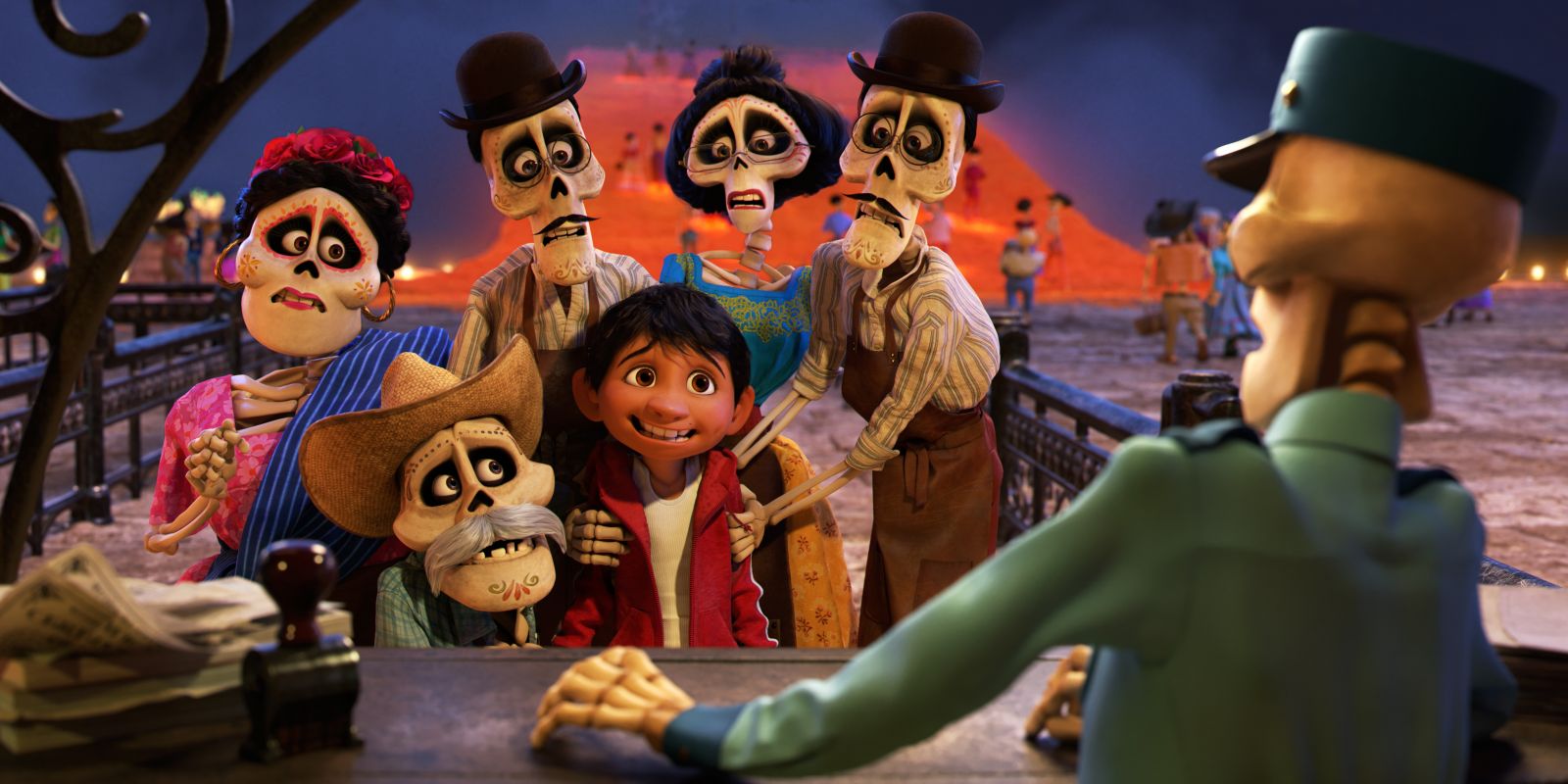
After “Soul”, for example, which broke the hearts of the audience, we wanted to love life a little more and remember the little things that fill it, and “Puzzle” also opened our eyes to the nature of emotions (by the way, it was tested by psychotherapists before its premiere) and helped us understand ourselves better. There are many such examples in modern cartoons.
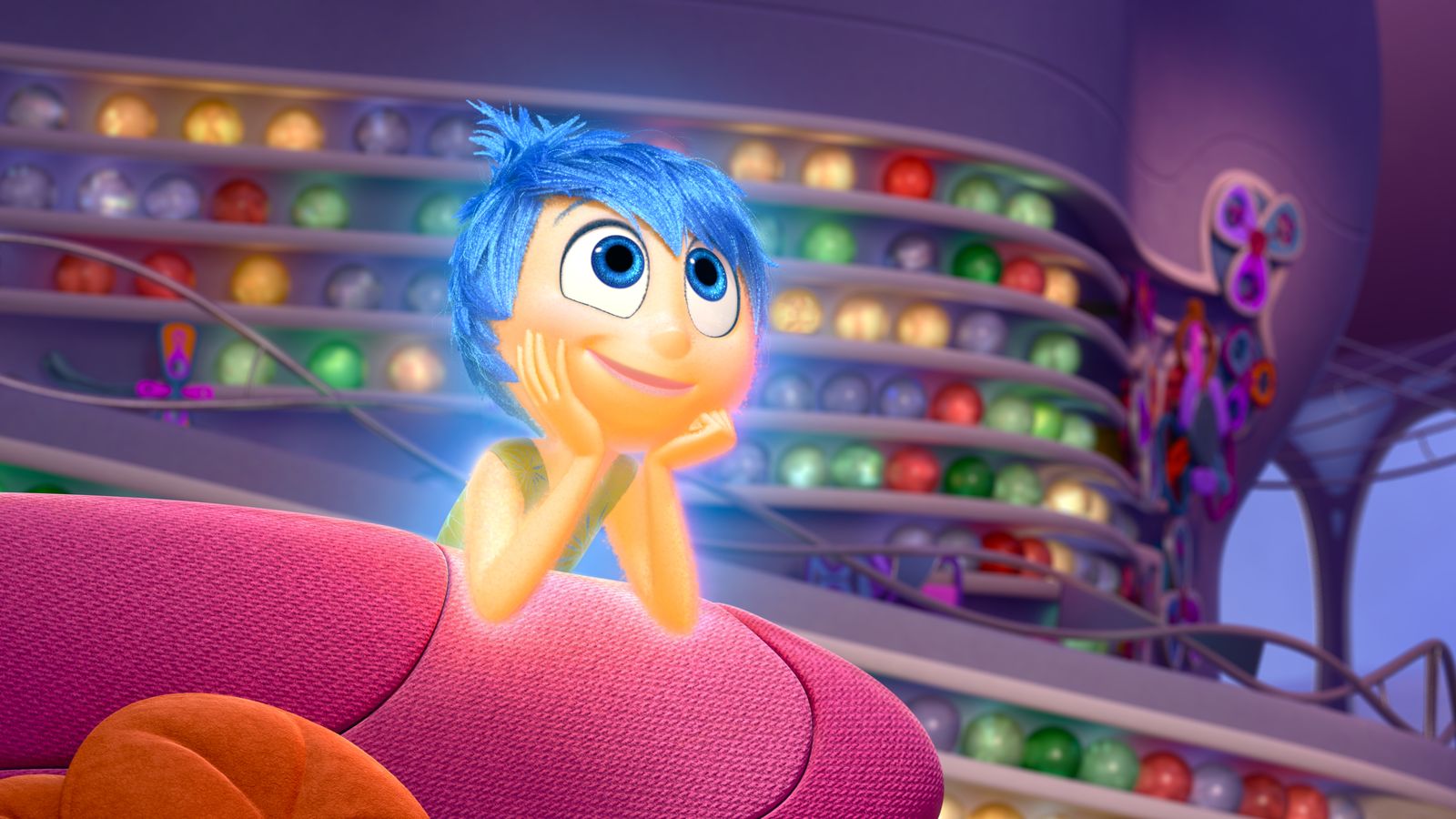
Psychologist Evgeny Idzikovsky says: “This is a way to confront your experiences, feel something and rethink. We automatically choose stories that are close to us in terms of our emotional trauma and please us, where the most popular animation motifs – “you are cool in your own way”, “justice will prevail”, “your opinion is important”, “you are not alone” – reflect the most common problems – loneliness, resentment, uselessness . An easy way to self-diagnose is to understand what makes you cry and what exactly resonates with you?
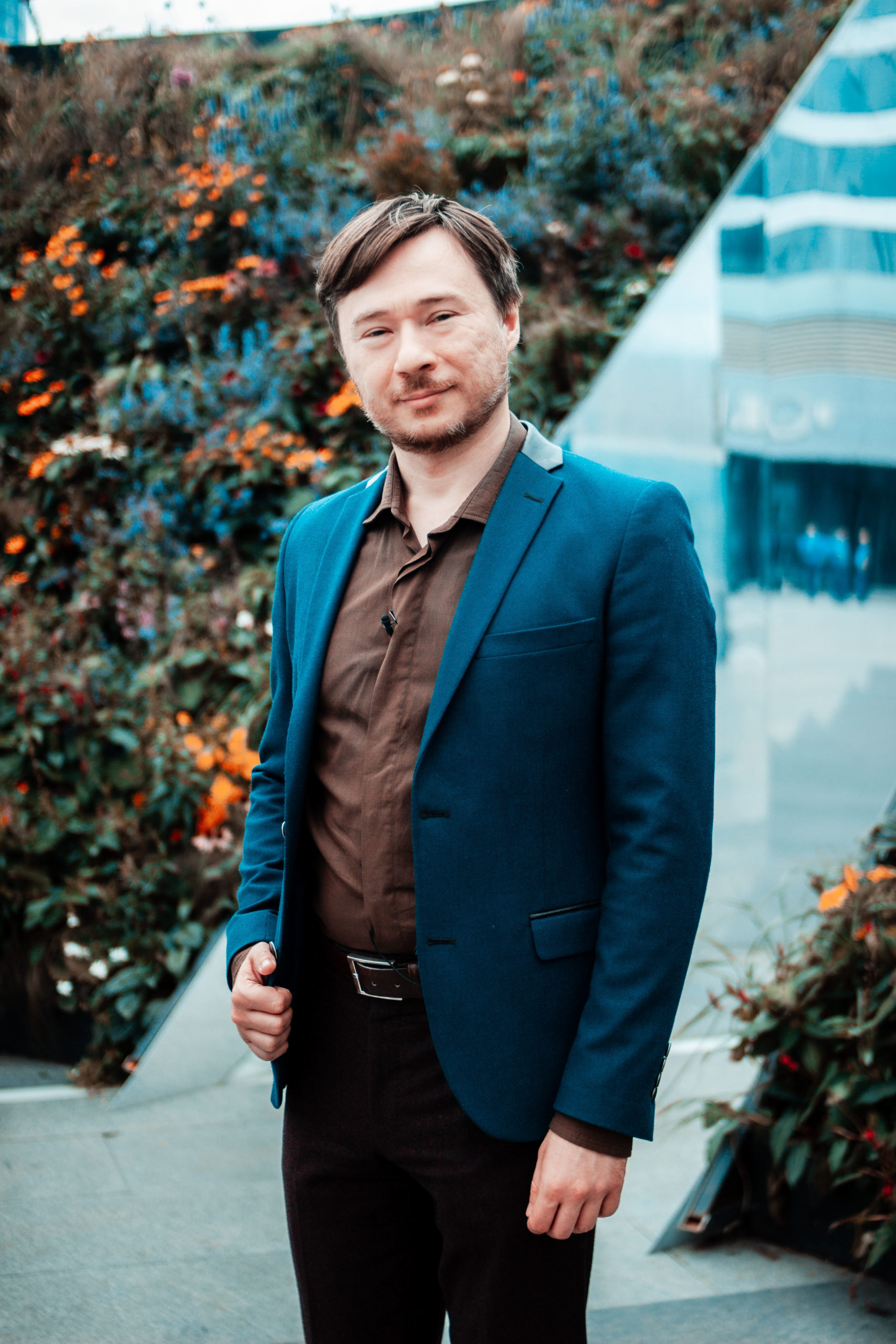
Evgeniy Idzikovsky, psychologist, coach, certified hypnotherapist in Russia and the USA, master of neurolinguistic programming
This scheme, of course, also works in literature or cinema, but cartoons are made more subtle in this regard: “No film can be compared to animation. While it takes a few seconds to trace a character’s emotion on the screen in a cartoon, it takes more time in a movie and if the actor, director and other factors are emphasized, then we convey our emotions. We give fictional characters our own image – this is our mirror,” explains Anna Guseva, psychoanalytic therapist and senior lecturer at the Department of Psychology at Synergy University.

Anna Guseva, senior lecturer at the Department of Psychology at Synergy University, psychoanalytically oriented therapist, professional astrologer
The great advantage of animation is that it allows you to work directly with images without ambiguity and the need to move forward to understand what is good and what is bad on the screen – there is a clear separation of roles and drama in it. very concise, without lyrical digressions and secondary plot lines. At the same time, we will most likely call a movie made according to the same model mediocre, because a good movie requires no less good drama and conflict (even if internal), which does not arise with the simplicity and ease of the narrative.
Moreover, cartoons are a safe space to meet your basic emotions, a “training ground” in which you can see yourself, as psychologist and mother of four Victoria Dzhamgaryan calls it.
“The entire plot is familiar to everyone from their own life experiences: loneliness, family, dreams, and with such universality it is easy to compare yourself with the drawn characters and move forward with them on their and your own path. “There is even such a tool in psychology as film therapy, which allows you to achieve a psychological effect in the gentlest possible way by identifying with a hero in a similar situation, and cartoons can offer an important and non-obvious solution, just the power to calm down.”

Victoria Jamgaryan
Yes, modern animation, as a rule, is not as far from reality as it seems on the screen, because even behind the most fantastic worlds and magical situations there are the same human characters only in the most simplified form. That is, they are clearer for children (after all, the industry is designed for them) and for adults who lose the essence of everyday events: “Every adult is a child at heart, but there is a more psychologically complex reason. When we watch cartoons, we return to our childhood, we instantly remember our behavior and analyze its reasons, and this is a good detail of inner experiences, relaxation, which distracts us from the daily routine at least for a while,” says Anna Guseva .
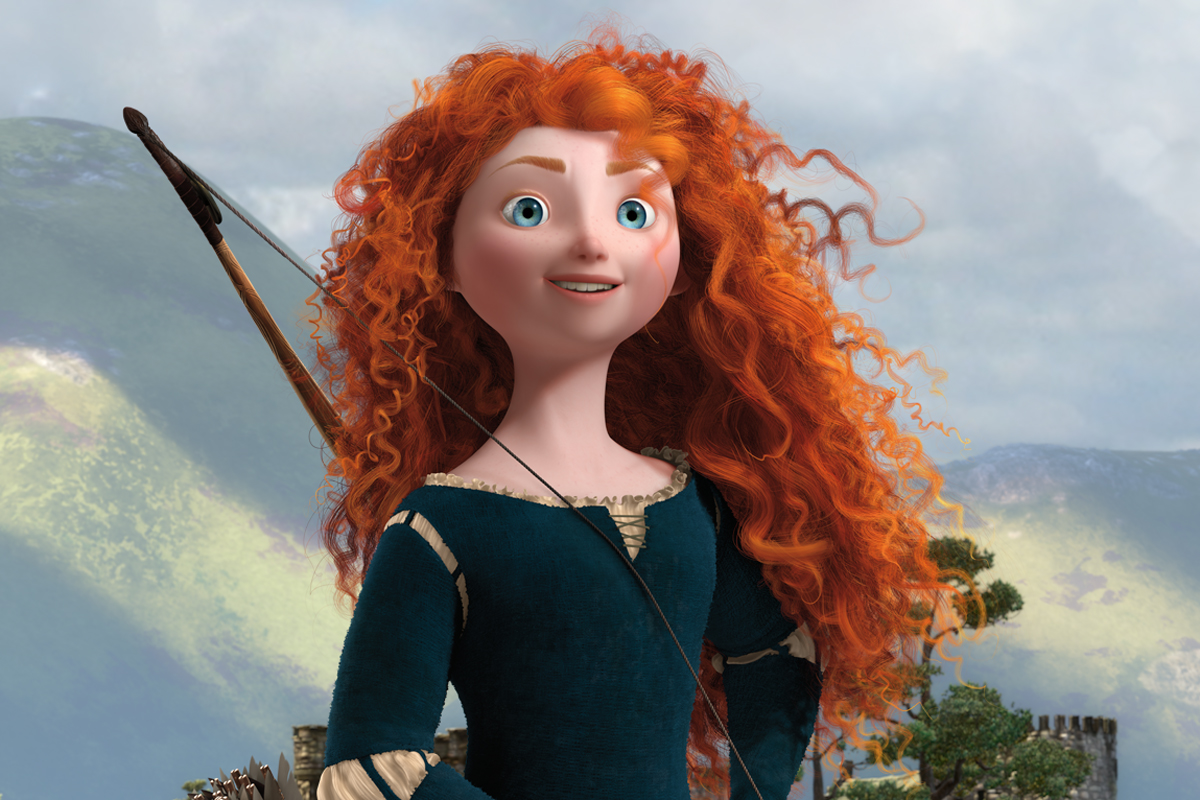
The applied therapeutic benefit of cartoons is also that it identifies once repressed feelings and emotions and learns through stories (we all need an example in difficult situations), and the brighter the impression of the character, the stronger the desire to correspond to it.
“The deeper the abyss of problems, the more we value the inner resource that allows us to solve them. A typical plot first introduces us to the protagonist, introduces us to his or her life, then confronts us with obstacles, negative emotions, and losses, and only then, after some effort (and perhaps not at the first try), allows us to feel happiness. Having experienced this, we try our own will, intelligence, perseverance, friendship – ultimately what allows the hero to cope. A quarter of therapeutic technologies (visualization, fairy tale therapy, regression and the list goes on) work exactly according to the same scheme, and in this sense, a suitable cartoon at the right time may well replace a session with a psychologist,” says Evgeniy Idzikovsky.
So are we going to therapy?
Source: People Talk
Errol Villanueva is an author and lifestyle journalist who writes for The Fashion Vibes. With a passion for exploring the latest trends in fashion, food, travel, and wellness, Errol’s articles are a must-read for anyone interested in living a stylish and fulfilling life.

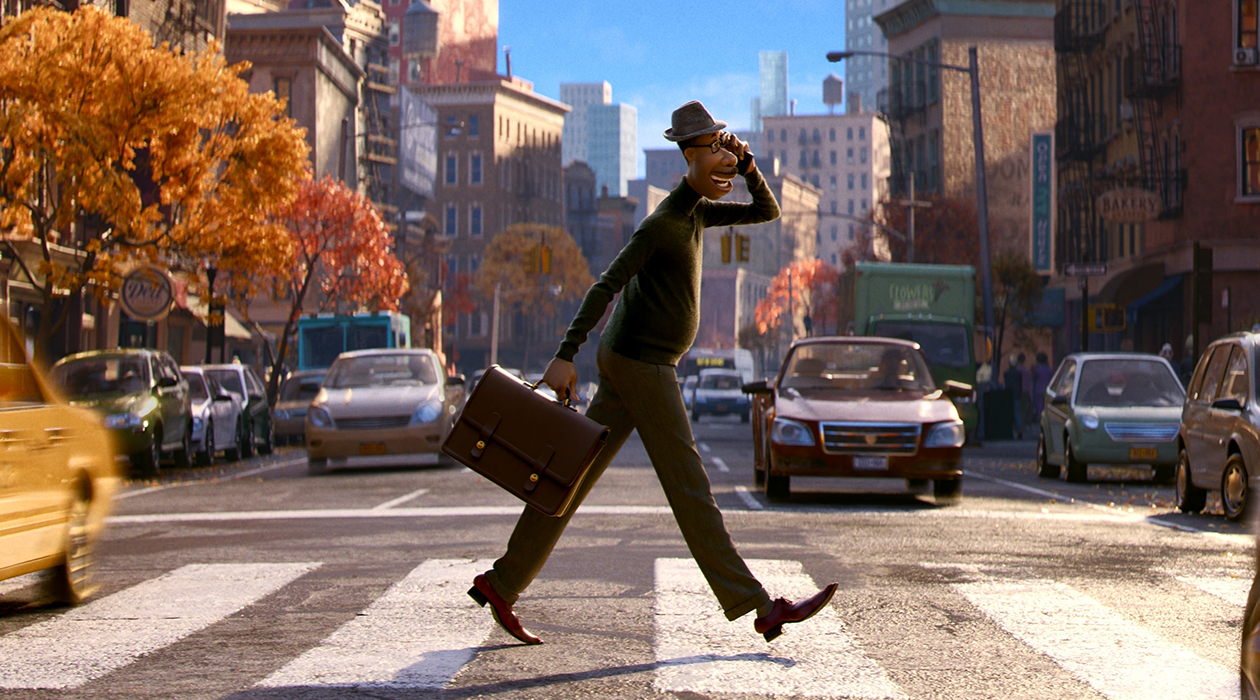



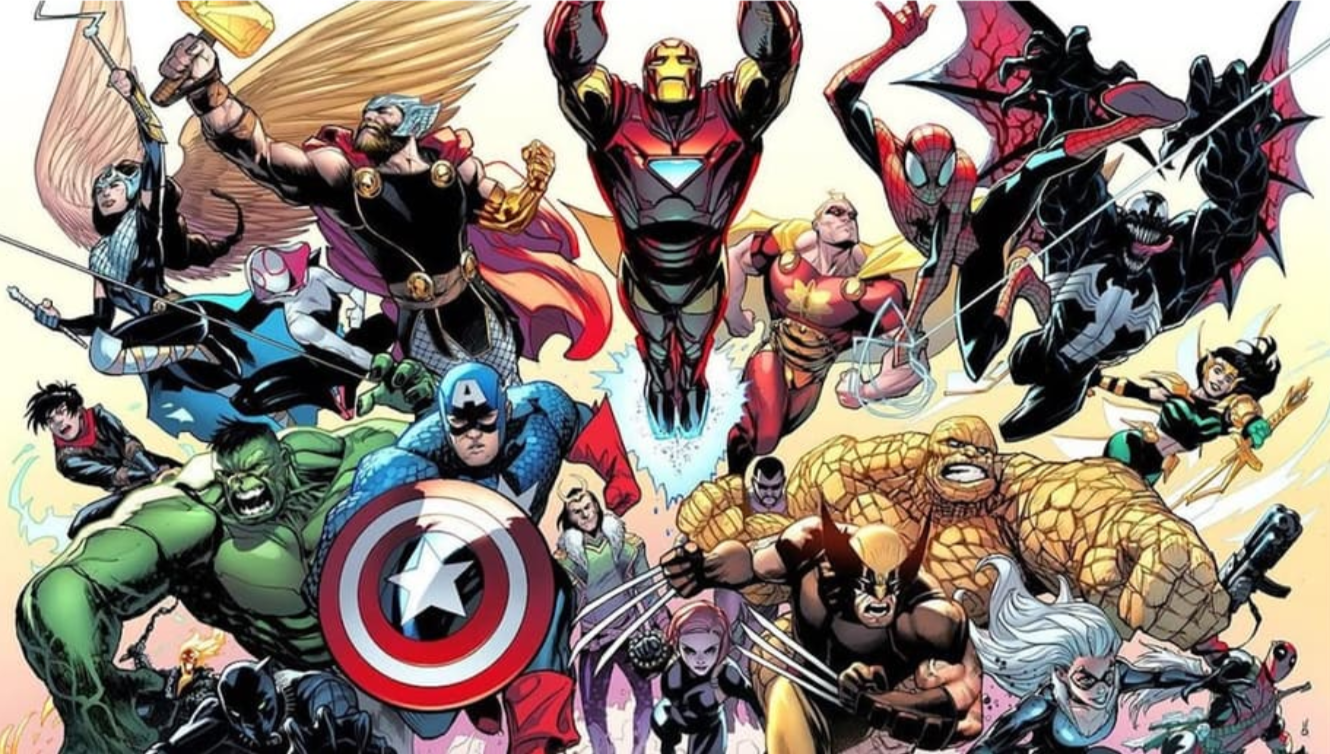.png)